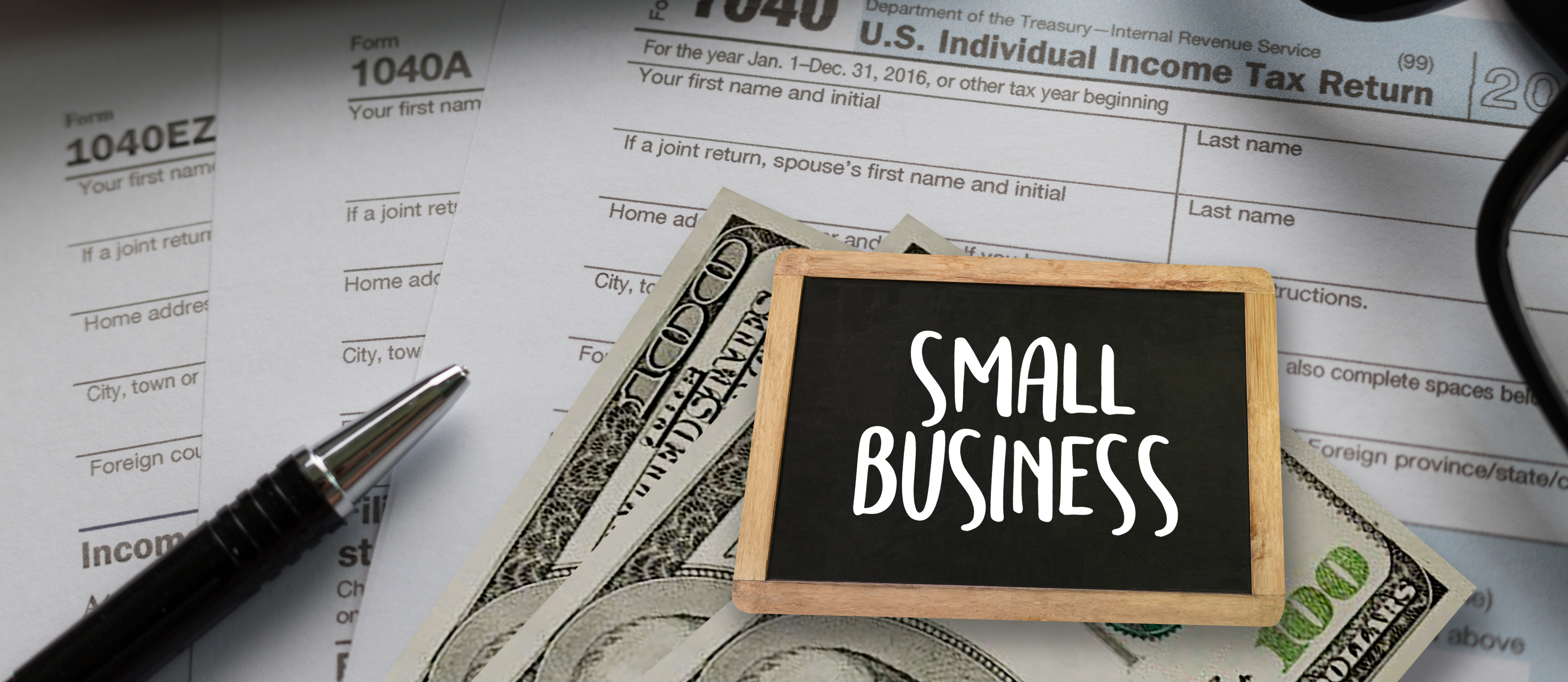PPP Loan Forgiveness
PPP Loan Forgiveness

Several weeks ago, Congress passed the CARES Act, which included legislation to provide loans to small businesses. One of the loans administered through the Small Business Administration (SBA) became commonly referred to as PPP loans, or Paycheck Protection Program. According to the SBA, the PPP loan “is designed to provide a direct incentive for small businesses to keep their workers on the payroll. SBA will forgive loans if all employees are kept on the payroll for eight weeks and the money is used for payroll, rent, mortgage interest, or utilities.” During the early stages of the legislation, it was made clear that farms were eligible to participate in PPP loans; therefore, many farm producers took advantage of the program. Earlier this week, we finally received some guidance on how to calculate the forgivable portion of the loan and what expenditures count toward forgiveness. The most important issue for PPP loan forgiveness is payroll expense. At least 75% of the PPP loan proceeds must have been spent on payroll costs in order for the loan to be forgiven. Beyond the total spent on payroll there is a test to determine if you employed the same number of full-time equivalent (FTE) employees and paid at least 75% of the same wage rate during the covered 8-week period as was paid during the pre-COVID reference period that the loan was based. Wages must have been paid as cash wages, therefore commodity wages do not count toward the payroll forgiveness calculation. H2A labor expenses do not qualify as payroll expenses, either. If the PPP loan amount was based on self-employment earnings, payment must be made to reflect those earnings to the self-employed person. The maximum amount paid to owners (owner-employees, a self-employed individual, or general partners) is $15,385 or the eight-week equivalent of applicable compensation in 2019 for each individual, whichever is lower. There is no direct guidance at this time as to how those self-employed payments should be made. Hopefully, these updates will be made soon, as those first borrowers are quickly approaching the end of their 8-week covered period.
Beyond the 75% of loan proceeds used on payroll expense, 25% can be spent on business mortgage interest, utility, and rent payments. It is important to note that these payments had to be due with the 8-week covered period and could not be prepayments of an expense that would be due later in the year. Mortgage interest also had to be paid on a loan that was existing before the 8-week covered period began.
The 8-week covered period for PPP loans begins on the date of disbursement of funds from your bank. PPP loans have a 6-month grace period before any payments are due and are based on a 2-year term at a 1% interest rate. Given this grace period, there should be no rush of the borrowers to repay or seek loan forgiveness. More information is being made available almost daily concerning this loan program. Borrowers are likely to benefit from waiting for more guidance and information before seeking forgiveness or repayment of these loans. PPP loan borrowers should realize that if all of the rules for loan forgiveness are not met, the worst case scenario is that they have to repay the entire loan over 2 years at 1% interest. The incredibly low interest rate likely makes this a good cash flow decision for most businesses, especially if revenues were down due to the COVID outbreak and slowed economy.
The PPP loan forgiveness application can be found at https://home.treasury.gov/system/files/136/3245-0407-SBA-Form-3508-PPP-Forgiveness-Application.pdf. This site also includes instructions for the completion of the form and calculation worksheets. It may be beneficial for the borrower to review this application to gain a better understanding of the records required to apply for forgiveness when the time comes. If you also qualified for an Economic Injury Disaster Loan (EIDL), SBA will deduct EIDL Advance Amounts from the PPP forgiveness amount remitted to the lender. Your lender or payroll consultant should be able to help you with any calculations or updates that become available.
As a tax side note, there is still debate on the deductibility of the expenses used for PPP loan forgiveness. Currently, the IRS says that these expenses will not be eligible as deductions; however, Congress has stated that this was not the intent. We will await further regulations and guidance on this issue as well.
Note: At the time of this writing (May 27th), Congress was reevaluating the period that the loan proceeds could be used and still forgiven and the requirement that 75% of the PPP loan proceeds be spent on payroll. We will update if changes evolve.
Recommended Citation Format:
Rogers, J. "PPP Loan Forgiveness." Economic and Policy Update (20):5, Department of Agricultural Economics, University of Kentucky, May 27, 2020.
